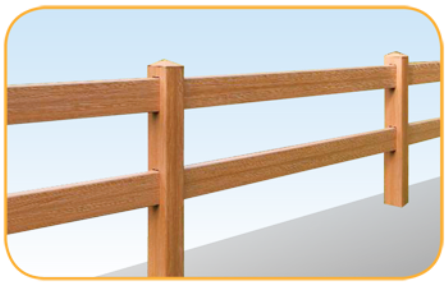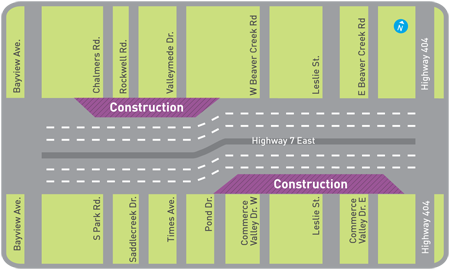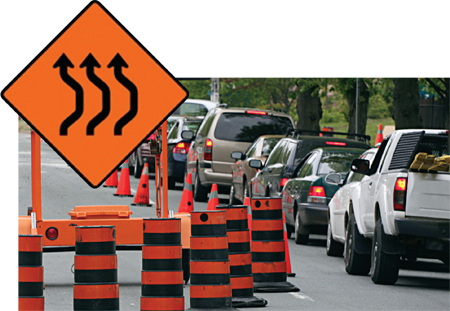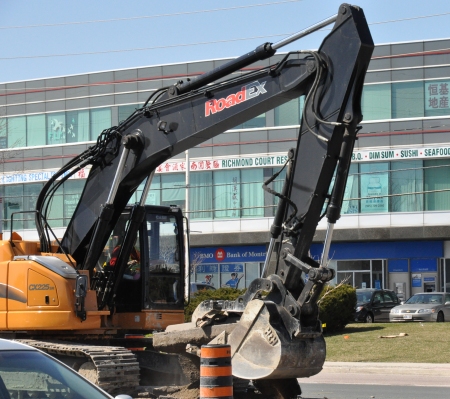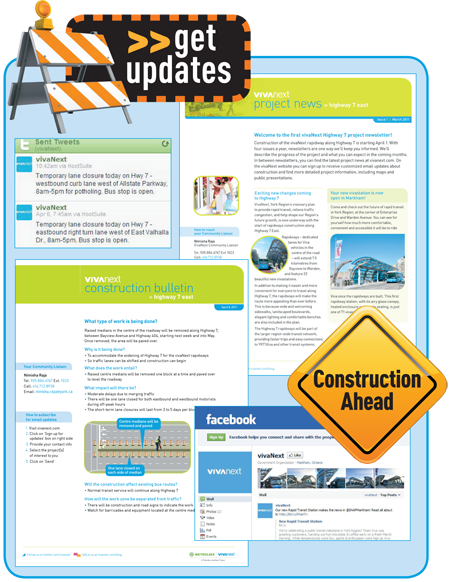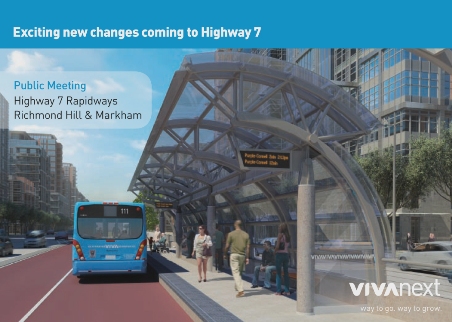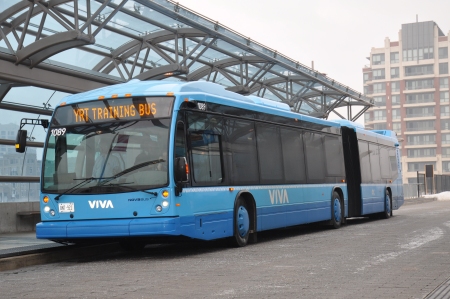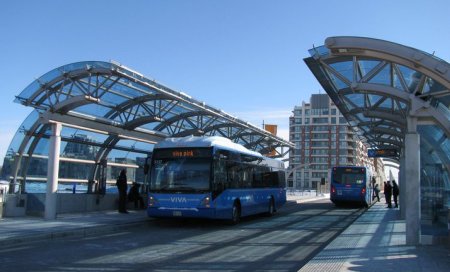
With GTA transit issues in the news so much lately, I’ve been asked why York Region chose to build Bus Rapid Transit instead of some other form of rapid transit. To help you understand how we decided to build vivaNext rapidways, here’s a bit of a primer on what BRT is, and why it’s great for York Region.
To begin with, Bus Rapid Transit (BRT) is defined as a public transit system that provides fast, frequent service, is able to move a lot of people, and runs on its own dedicated tracks or lanes. Other examples of rapid transit include subways and light rail transit (LRT). Some of the biggest cities in the world, including those with huge subway and LRT services, are increasingly turning to BRT as a key way to transport people quickly and reliably. And many major international cities, like New York City, are transforming their rapid transit systems by including BRT, at a fraction of what a rail system would cost. With limited resources and a lot of people to move, BRT is becoming seen as the smartest transit investment cities can make – like “a subway with a view.”
In general, the best BRT services have a number of things in common, including comfortable bus stations with amenities, well designed vehicles, a mechanism for rapid fare payment, use of Intelligent Transportation Systems (ITSs), dedicated roadway space, and frequent all day service. All aspects of a good BRT service are designed to work together to make travel faster than regular bus service. BRT vehicles need to be easy and convenient to enter, with close-to-level boarding, and rapid fare payment managed “off-board” (before passengers board). These elements help passengers get on and off more quickly, making the “dwell time” (the length of time the vehicle spends at a stop) as short as possible. And dedicated lanes through the most congested areas – as we will have here in York Region – are seen as the highest standard for BRT services.
Intelligent Transportation Systems (ITSs) are a whole story on their own, and one of the most interesting aspects of planning a BRT service. In a future blog, I’ll talk about these technologies and their huge impact on the performance of a BRT system.
Other rapid transit services such as subways or light rail may also have most of the same elements. But the main advantage offered by BRT is it can be expanded in segments as funding becomes available, and implemented quickly compared to other rapid transit services. Developing a rapid transit system in segments allows capital costs to be spread over time, which also leaves time to refine the design between each segment.
Being able to expand with funding, and the relatively fast timelines to implement, is especially important to York Region. More and more people are coming to York Region every year, and as much as this growth will bring many benefits, it also means our roads are getting more crowded – which is bad for everyone. We wanted to plan for a system that we could get up and running quickly and affordably.
The flexibility of BRT also works well for us, since development is taking place at different stages across York Region. Building BRT in segments means we can focus on the areas with the worst traffic congestion now, and then expand the system to service other areas as their population grows.
Everyone loves trains and subways, but those technologies don’t make sense in every situation. The decision to use a particular technology has to take into account the number of riders and local circumstances on the existing roadways. Subways cost a lot and are the best option where there are huge numbers of transit riders (such as south of Highway 7 on Yonge Street, or between Downsview Station and Highway 7 West in Vaughan). Most other transit routes in York Region don’t have the big city volume of riders needed to justify a subway. Light rail transit also calls for higher ridership numbers, but not as high as that needed by subways. Depending on future growth, in the future we may decide to convert our dedicated rapidways to LRT.
All in all, York Region’s BRT system will make travelling around York Region faster – at a price that we can afford. And with the first built example of a vivastation and rapidway section already in service, our new BRT system is going to be ready for passengers before you know it. We think that’s a plan to be proud of.

